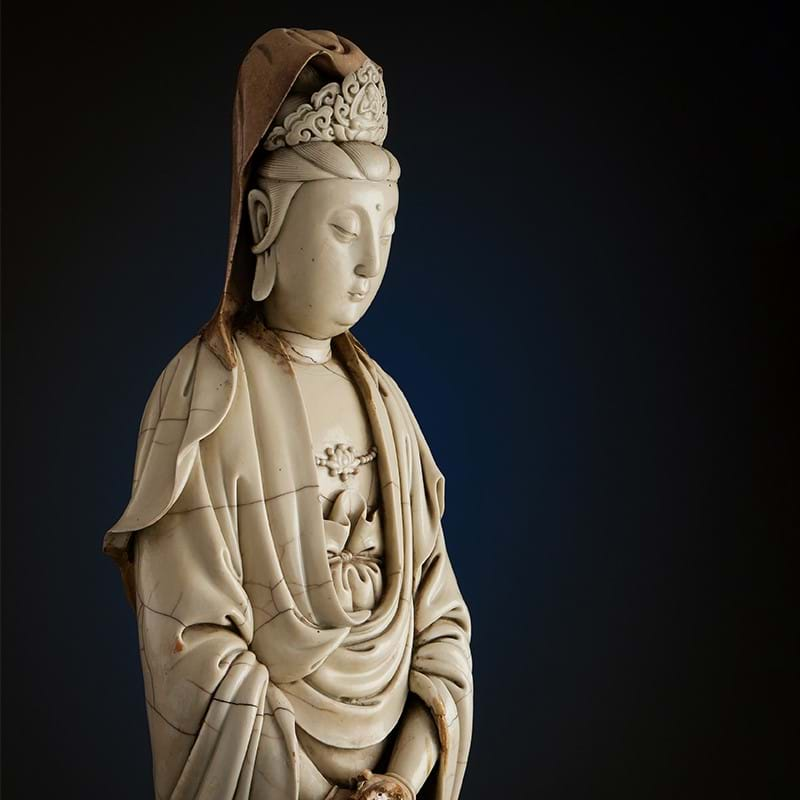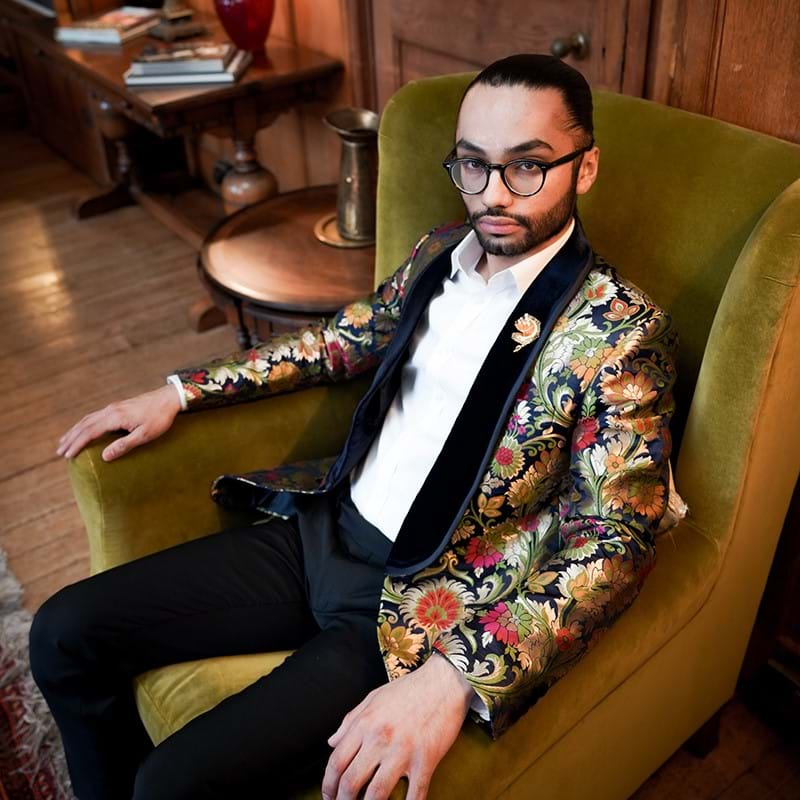The Cartier Tank Watch | Fine Watches and Luxury Accessories Auction | 20 November 2025
Our forthcoming Fine Watches and Luxury Accessories auction on 20 November features a beautiful selection of Cartier Tank watches. Here, Head of Luxury James Nicholson explores the history of Cartier’s iconic Tank, focusing on the contributions made by Cartier London during the 1960s and 1970s, and the recent surge in international interest in watches from this period.
"I don’t wear a Tank watch to tell the time. Actually, I never even wind it. I wear a Tank because it is the watch to wear!”
~ Andy Warhol
The Story of the Cartier Tank
Defined as one of the most recognisable watches ever produced, the Cartier Tank is universally admired for its clean rectangular outline and minimalist dial. It was designed by Louis Joseph Cartier (1875-1942), the grandson of Cartier’s founder Louis Francois Cartier. He was fascinated by the technological developments of the early 20th century, such as the automobile and the aeroplane, and famously designed a wristwatch for his Brazilian aviator friend, Alberto-Santos-Dumont, in 1904 to wear whilst flying, instead of a cumbersome pocket watch.
Designed in 1917, the Tank watch was inspired by the new Renault FT-17 tanks that had begun to appear on the battlefields of the Western Front during the First World War. Taking the lines of the tank, the case of the watch had elongated polished straight sides called brancards, resembling the tank treads. Its elegant simplicity was further enhanced by the chemin-de-fer minute track around the dial and Roman numerals, as well as the seamless integration of the strap into the case. Edmond Jaeger invented an ergonomic folding buckle for the watch to further enhance its streamlined qualities. This rectangular design was completely revolutionary at a time when most wristwatches were generally round pocket watches adapted to take a leather strap to be worn on the wrist. A prototype of the watch was made in 1918 and presented to General John J. Pershing, the American Commander of Allied Forces in Europe. Full production of the Tank watch began in 1919, when six pieces were made, with this original design becoming known as the ‘Tank Normale’.
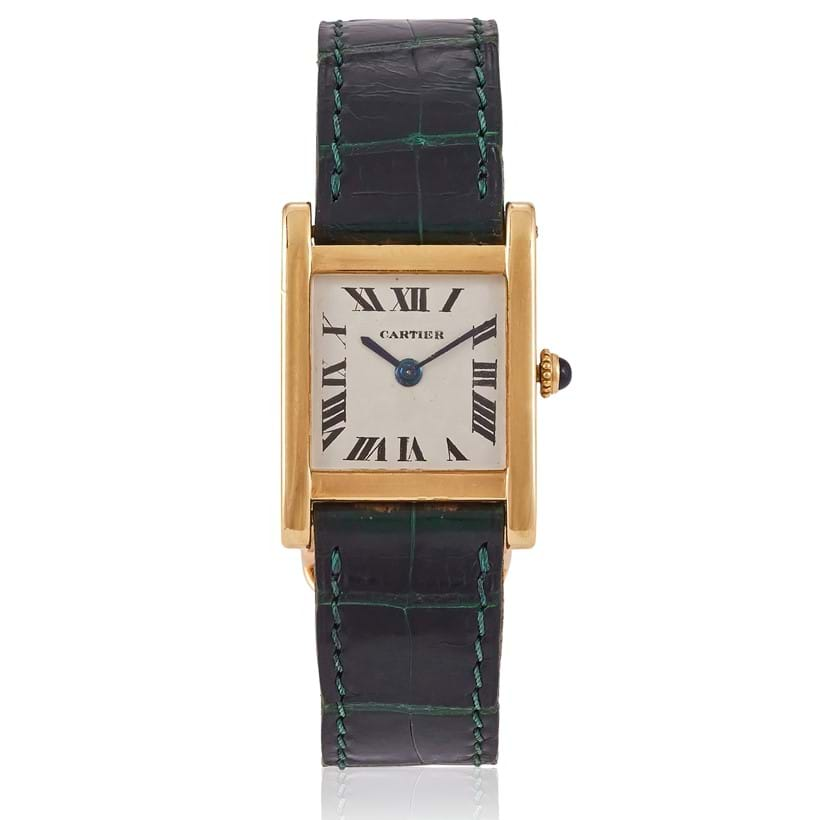
The Tank watch rapidly developed design variations during the 1920s which included the Tank Cintrée of 1921, with its rectangular dial and curved case. The Tank Louis Cartier (or Tank LC) from 1922 had more rounded edges and a slightly more elongated dial than the original Tank Normale. That same year also saw the introduction the Tank Chinoise, with its wider brancards at the top and bottom of the case; and the Tank Réversible watch (later known as the Tank Basculante), which flipped over in its case to protect the glass and dial of the watch.
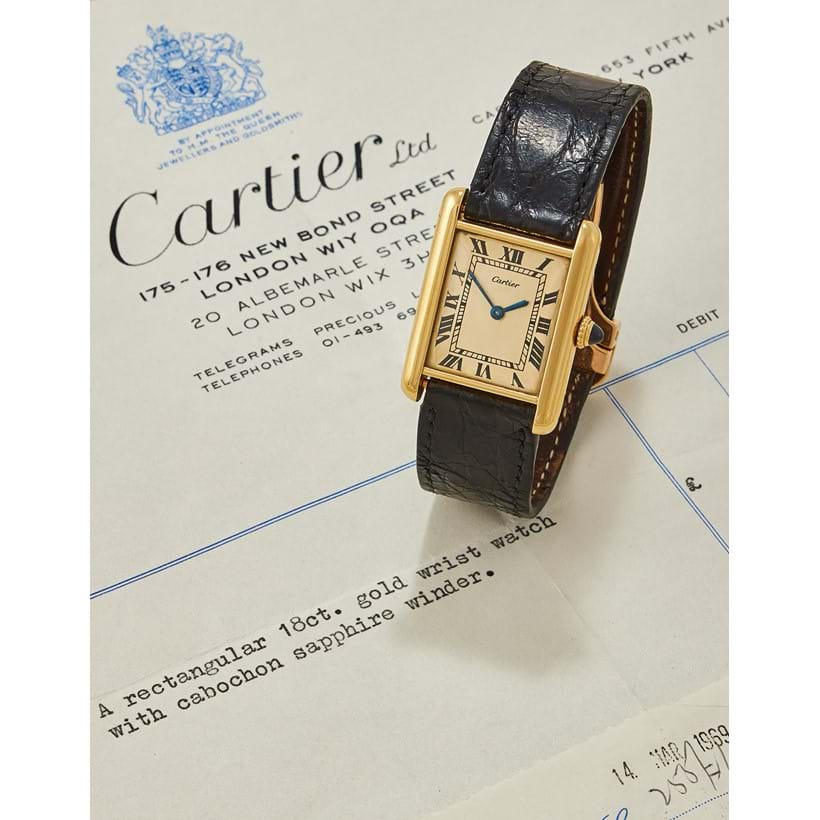
The Tank Watch at Cartier London
The development of the Tank’s design continued after the Second World War when Jean-Jacques Cartier (1919-2010) took over the running of Cartier’s London branch. 'JJ' as he as known, ran Cartier London from 1945 until 1974, and was the last member of the Cartier family to run a Cartier business. Having served his apprenticeship at Cartier Paris, JJ worked with leading British designers such as Frederick Mew, Dennis Gardner and Rupert Emmerson, to create vanity cases, cigarette cases, jewels and watches. From the 1950s, he designed several important Tank variants for the British market including the Tank Rectangle (1951); the Tank Extra Small (1966); the Tank Allongée (1970); and perhaps most famously, the Tank Crash in 1967.
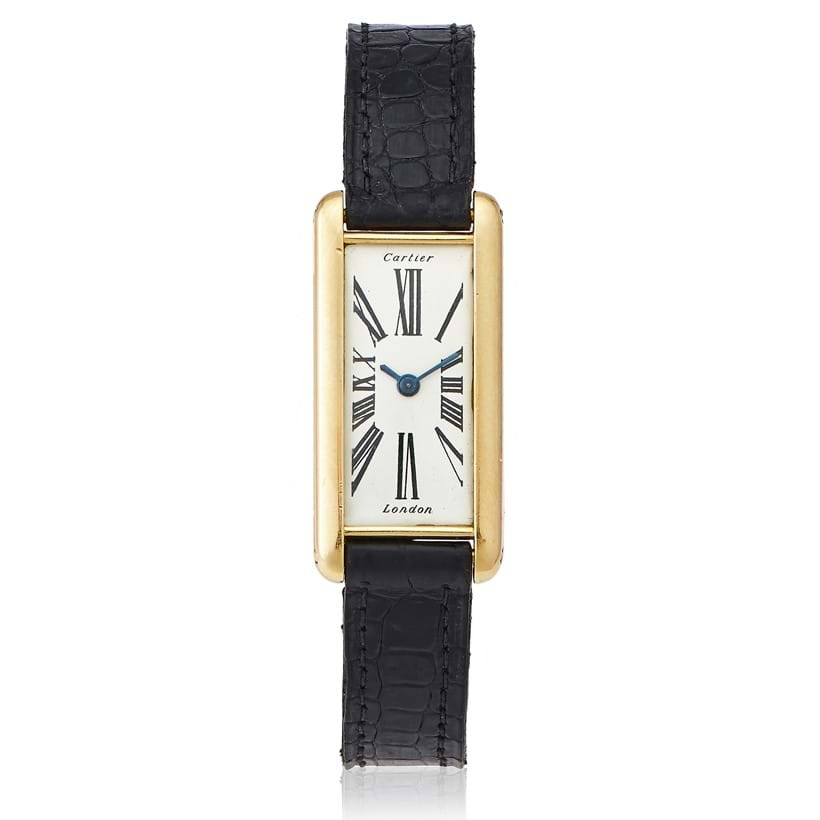
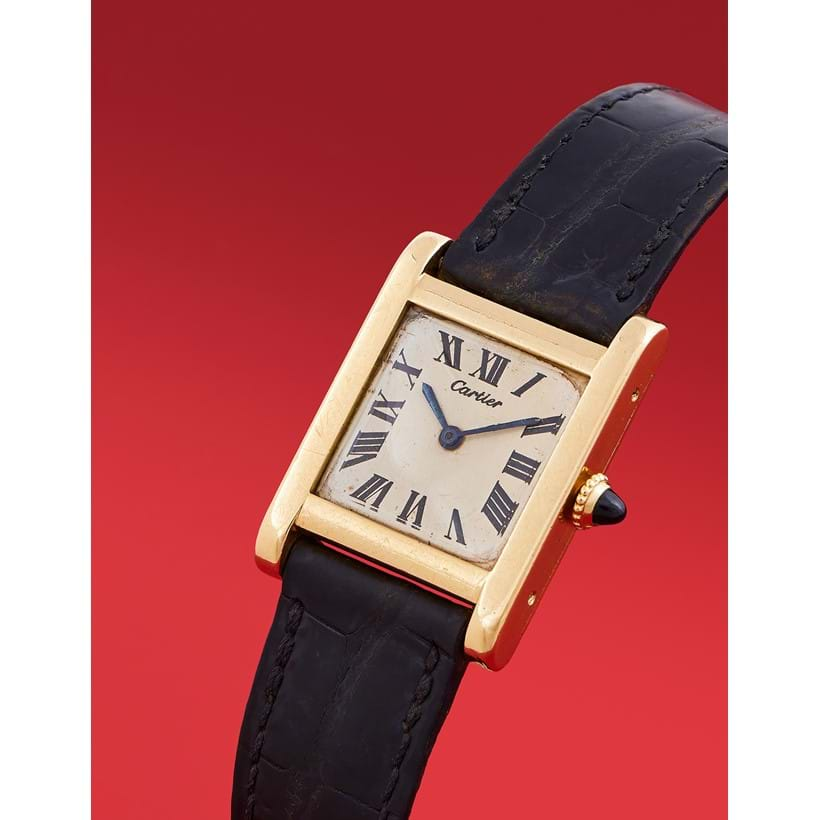
Later Developments of the Cartier Tank
Cartier have continued to develop the Tank watch with numerous variations since the 1970s. Here are some of the key developments in its on-going story.
Tank Must De Cartier
In 1977, Cartier introduced an entry level Tank watch in the form of its Tank Must De Cartier. This watch had a vermeil (silver gilt) case to which a quartz movement was incorporated in 1982.
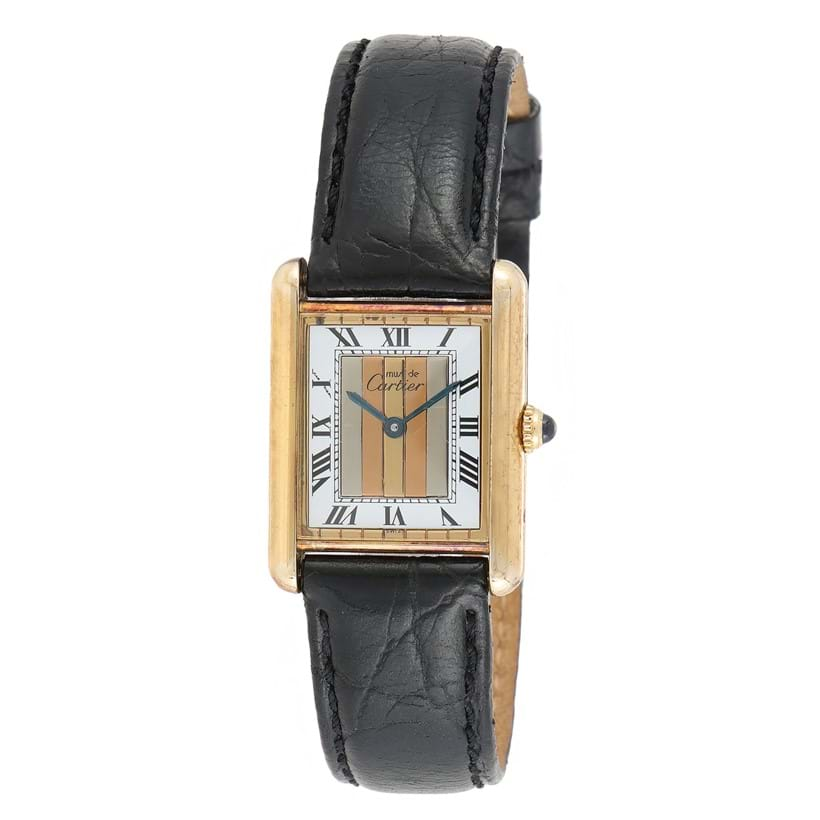
Tank Américaine
The Tank Américaine, with its distinctive elongated case and curved dome front was inspired by the 1920s Tank Cintrée and first appeared in 1988.
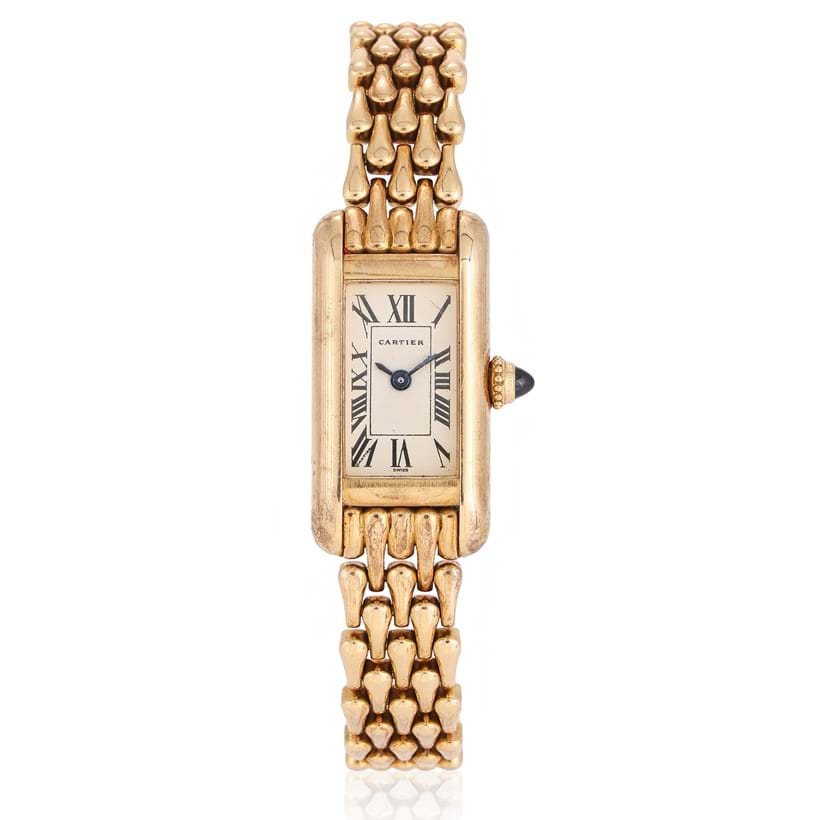
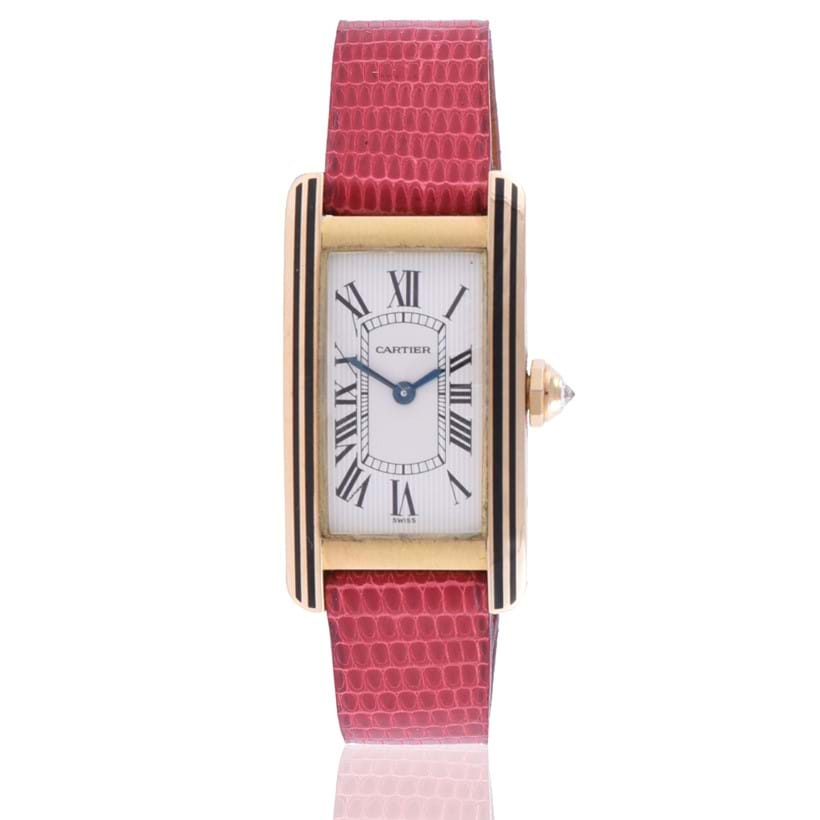
Tank Française
The Tank Française followed the Tank Américaine in 1996. This has a wide link integral bracelet that looks like the caterpillar treads of a tank, and was the first of Cartier’s watches to be made in steel and gold.
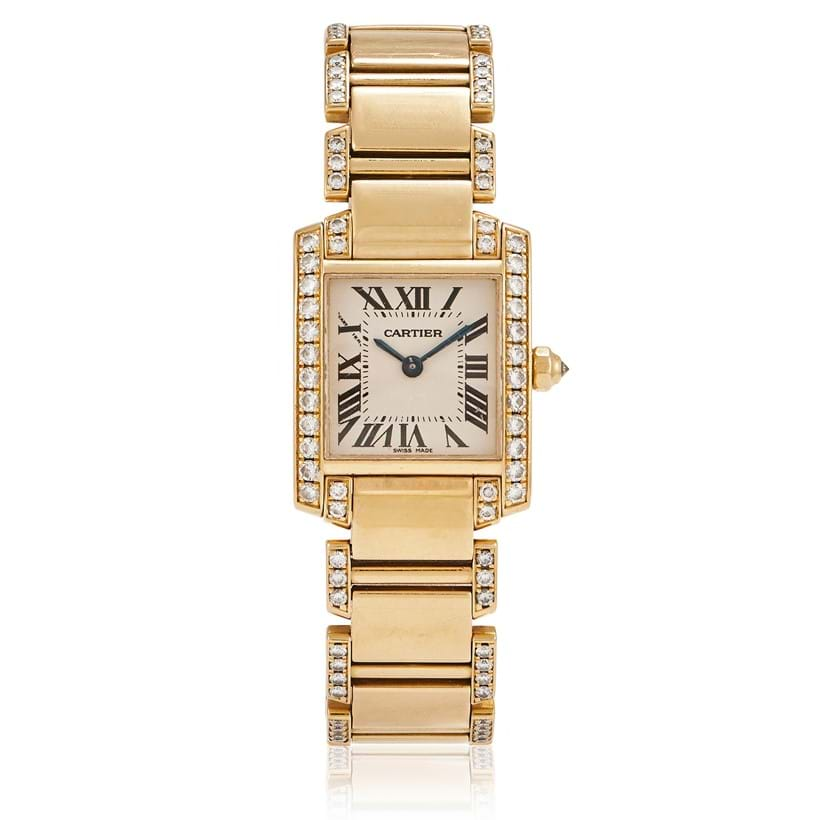
Tank Divan
In 2002 a radical departure from the vertical rectangular outline of the Tank appeared in the form of the Cartier Tank Divan. This watch has an oversized horizontal rectangular case with broad Roman numerals.
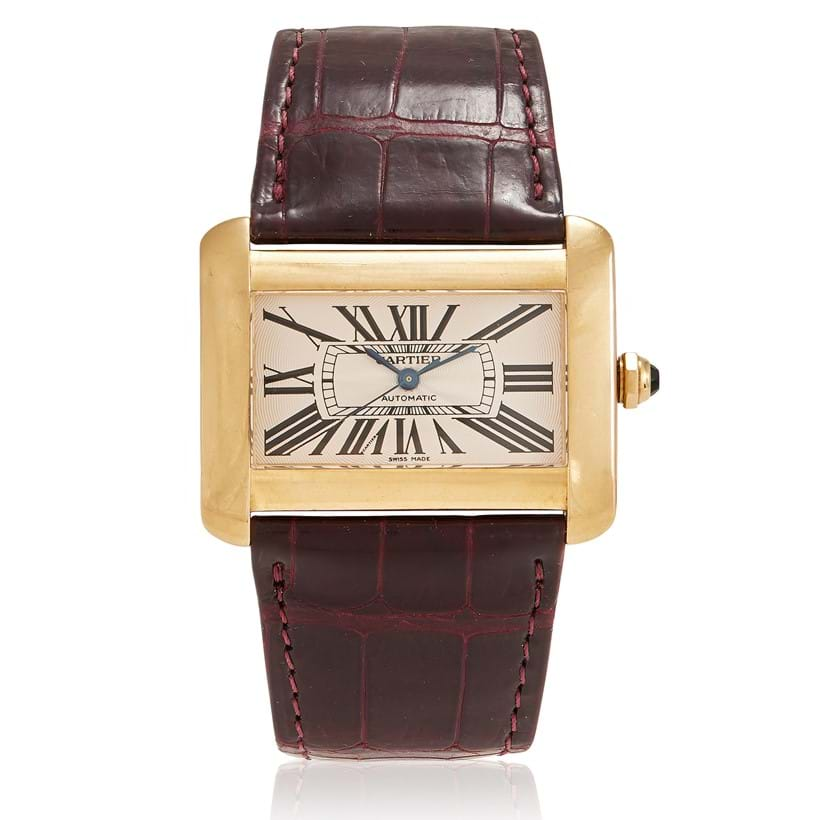
Limited Editions
There have been over 35 variations of the Tank Watch in its 100 years of production, including various limited editions.
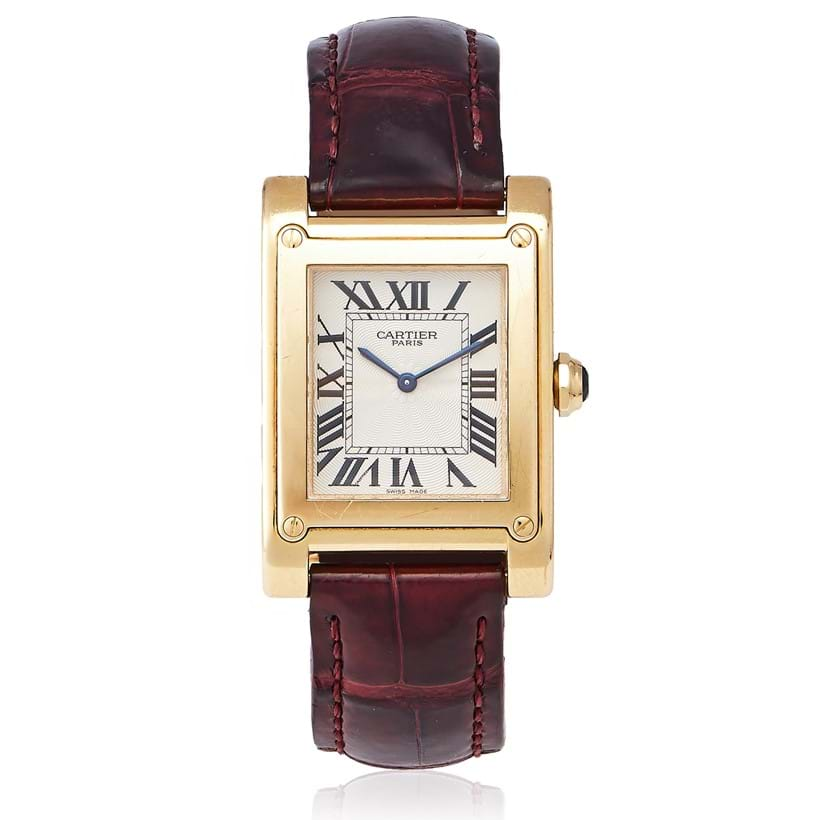
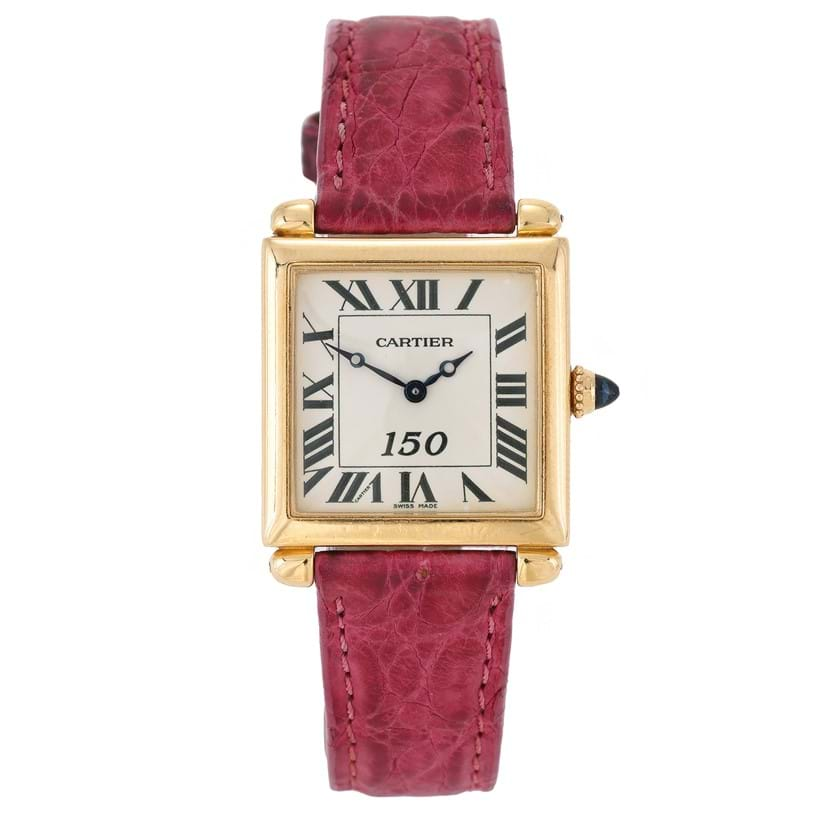
Cartier's Revolutionary Design
The success of the Cartier Tank is a testament to Louis Cartier’s original revolutionary design, as well as the company's renowned craftsmanship and quality. Like all of Cartier’s products, its Tank watches have been meticulously crafted for precision, reliability and elegance. Their sophistication shines through and has made them leading luxury timepieces worn by celebrities, actors, statesman and fashion icons, such as Rudolph Valentino, Clark Gable, Gary Cooper, Greta Garbo, Tallulah Bankhead, Angelina Jolie, Michelle Obama, Tom Ford, Sarah Jessica Parker, Jackie Kennedy, Yves Saint Laurent, Charlotte Rampling and Andy Warhol. Indeed Andy Warhol summed up the enduring appeal of the Tank watch when he said "I don’t wear a Tank watch to tell the time. Actually, I never even wind it. I wear a Tank because it is the watch to wear!”
View page turning catalogue
Auction Details
Thursday 20 November 2025, 10.30am GMT
Dreweatts, Donnington Priory, Newbury, Berkshire RG14 2JE, UK
Bidding is available in person at our salerooms, online, by telephone or you can leave commission (absentee) bids.
Browse the auction
Sign up to email alerts
VIEWING
- Viewing in London
Dreweatts, 16-17 Pall Mall, St James’s, London SW1Y 5LU- Tuesday 11 November: 10am-4pm
- Wednesday 12 November: 10am-4pm
- Viewing in Newbury
Dreweatts, Donnington Priory, Newbury, Berkshire RG14 2JE, UK- Sunday 16 November: 10am-3pm
- Monday 17 November: 10am-4pm
- Tuesday 18 November: 10am-4pm
Further information
General enquiries: + 44 (0) 1635 553 553 | jsw@dreweatts.com
Press enquiries: press@dreweatts.com
















